SLO Stewards March Newsletter
Virtual Hike Tours & Opportunities
Pictured above is the view from the top of Reservoir Canyon. This is a more strenuous trail that offers a variety of geological and botanical sites to see.
Virtual Hike Tour: Episode 1
Information & Safety with Annie
View on Instagram - Facebook - YouTube
Watch before going on a hike listed below to stay up to date on information & safety tips
Virtual Hike Tour: Episode 2
Terrace Hill with Annie
View on Instagram - Facebook - YouTube
Distance: up to 1 mile, Elevation: up to 300 ft
Virtual Hike Tour: Episode 3
Irish Hills, Froom Creek with Seth
View on Instagram - Facebook - YouTube
Distance: up to 3 miles, Elevation: up to 500 ft
We have recorded and produced these videos to allow households, families and individuals to safely venture outdoors after watching the introduction video and a hike tour of a specific Open Space trail. These hikes range from about 2-3 hours, depending on your pace. We ask that you respect the trails and wellbeing of others by following trail direction signs and guidelines posted at trailheads. Hikers should wear sturdy shoes, bring plenty of water and a snack. For more information, please contact ECOSLO at 805-544-1777 or by email at programs@ecoslo.org.
See you on the trails!
Learning Corner
Monthly educational blurbs from SLO Stewards!
This month: Sticky Monkey-Flower
One of the first flowering plants you may spot on an Open Space trail as Spring approaches is Mimulus aurantiacus, or sticky monkey-flower. The plant's name came from the flower resembling a laughing monkey face. It is widespread across California and found in chaparral and scrub environments.
Photo from CNPS SLO Chapter
The Miwok and Pomo Native Americans used Sticky Monkey flower and roots for their antiseptic properties in the treatment of minor scrapes and burns.
The flower can range in color from light salmon to crimson and can often be spotted in hillsides decorating the landscape.
The sticky leaves and sepals are a result of glandular secretions that protect against herbivorous larvae. The resin makes up about 30% of the leaf’s weight and fluctuates seasonally with the laying of butterfly eggs whose larvae are raised on the plant. The resin consumed limits growth.
Click below to read more about sticky monkey-flower at the California Native Plant Society site!
Photo from City of San Luis Obispo Natural Resources Website.
City of SLO Natural Resources Program
The fundamental purpose of the program is to conserve, enhance, and restore important community natural resources!
Today, the City of San Luis Obispo operates 12 large open space lands that are available for passive recreation. The City additionally operates numerous smaller areas. Additionally, The City holds 9 major conservation easements for habitat, recreational, and agricultural purposes and continues restoration activities in many areas of open space lands and along San Luis Obispo Creek. If you would like to learn more about the Open Space Plans and Conservation Guidelines you can visit the City of SLO website for a plethora of documents and information.
Through education, the SLO Stewards program encourages the community and visitors to be guardians of the natural environment and to help support the activities of the City of San Luis Obispo’s Natural Resources Protection Program.



